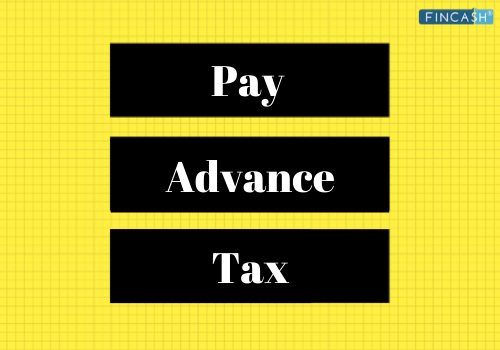What is a Tax Wedge?
A tax wedge is referred to the difference between before and after-tax wages. This method is used to assess how much a government is supposedly receiving by taxing the labour force.

Also, the tax wedge might also be known as the Market inefficiency that comes into the picture when tax is imposed on services or products. This tax leads to a shift in the equilibrium of supply and demand, generating a deadweight losses’ wedge.
Explaining the Tax Wedge
In most of the economies, a majority of employees get withheld Taxes from their salaries. This means that their takeaway pay is far lesser than the cost of employing them or their wages or gross salary. In such a scenario, the tax wedge helps to find out the necessary difference between what an employee is taking home and what is his labour cost to the company.
By most of the experts, this concept is defined as a ratio between the total labour cost of the employer and the amount of taxes that he pays. Some people put forth their views as the tax wedge on investment Income will decrease savings; ultimately, decreasing the living standards.
This reduction in net income might lead to employees deciding not to work harder or to find different ways to generate income. This, in turn, makes the workforce suffer even more as employees demand more salaries and employers end up reducing their hiring rate.
Talk to our investment specialist
Tax Wedge Example
In certain countries, the tax wedge upsurges with an increase in employee income. This decreases the working’s marginal benefit; thus, often employees will work lesser than they would have if there was no tax imposition whatsoever.
Therefore, a tax wedge could be calculated to assess how high payroll taxes impact hiring. In some countries, the tax wedge increases as employee income increases. This reduces the marginal benefit of working; therefore, employees will often work fewer hours than they would if no tax was imposed.
Thus, a tax wedge might be calculated to determine how higher payroll taxes ultimately affect hiring.
Let’s take an example here. Suppose that your gross income is Rs. 5,00,000 and you fall under 5% tax slab for income tax.
This way, your net income will be
Rs. 5,00,000 – Rs. 25,000 = Rs. 4,75,000. From gross income, the tax withheld isRs. 25,000.
All efforts have been made to ensure the information provided here is accurate. However, no guarantees are made regarding correctness of data. Please verify with scheme information document before making any investment.












